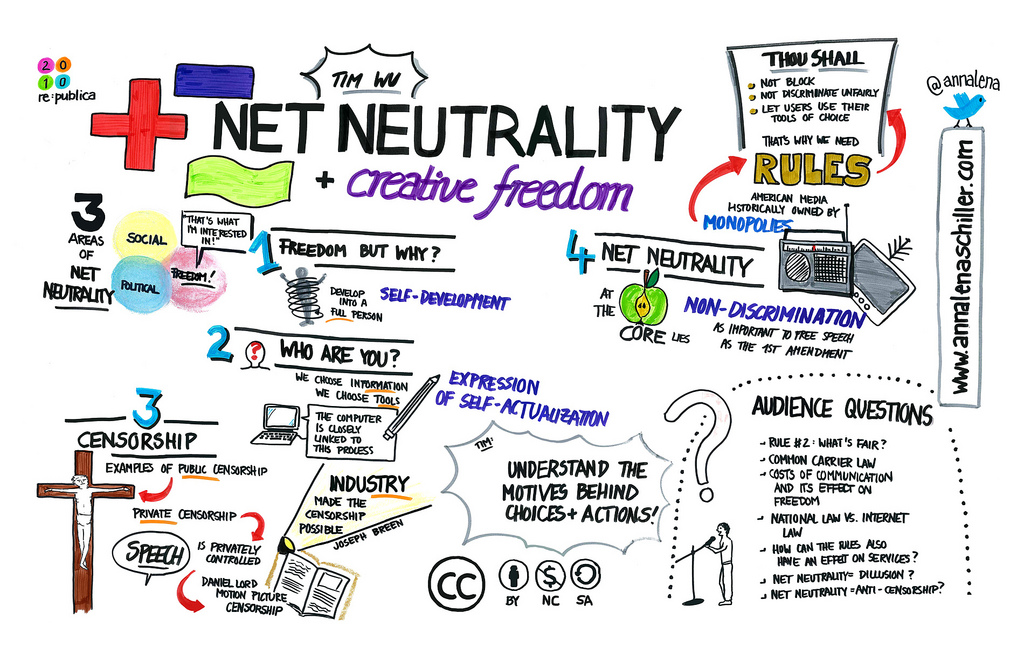The CRTC hearing on wholesale usage based billing opened yesterday with Bell leading off in front of a packed room (coverage from the
Globe,
National Post,
Quebecor, and
Wire Report). By the time lunch rolled around, it was clear that claims that usage based billing practices are a response to network congestion is a myth (it was also clear that Bell is happy to peddle fantasies such as claims there is nothing to stop independent ISPs from taking 20% of the Canadian market and that consumers have no problem with UBB). I wrote specifically about UBB and network congestion in
this post earlier this year in which I cast doubt on the connection between the two.
Bell opened by focusing specifically on network congestion. Its opening remarks emphasized the existence of network congestion, the contribution to congestion by wholesale ISPs, and that IPTV does not contribute to congestion. It also provided a chart of the Bell Internet network, noting that congestion occurs in the portion of the network that aggregates traffic from both Bell customers and customers from independent ISPs (thereby again confirming that there is no congestion issue in the so-called last mile nor once the traffic hits the backbone network and the public Internet). Bell’s emphasis on network congestion is not surprising since the CRTC approach to network management – both net neutrality (technical Internet traffic management practices) and UBB (economic ITMPs) has been premised on dealing with congestion concerns. If the proposed solutions do not address congestion problems, the rationale behind the regulatory framework falls apart. Given the lack of robust competition in some Canadian markets, this suggests that the regulator should be playing a far more active role in addressing UBB.
Once the questioning began, the claims associated with congestion quickly unravelled.
Read more ›







